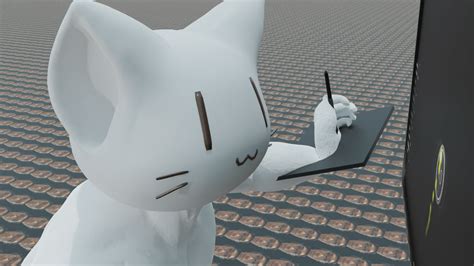
ALL ABOUT FLEX PCB
-
Whitecat ESP32 LORA GATEWAY
Posted by
–
 Read more: Whitecat ESP32 LORA GATEWAY
Read more: Whitecat ESP32 LORA GATEWAYIntroduction to Whitecat-Gateway The Whitecat ESP32 LoRa Gateway, also known as the Whitecat-Gateway, is a powerful and versatile device that combines the capabilities of the ESP32 microcontroller with Long Range (LoRa) communication technology. This gateway serves as a bridge between LoRa devices and the internet, enabling seamless data transmission and […]
-
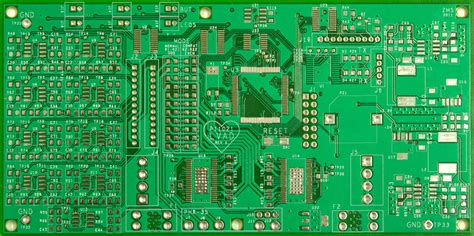 Read more: PCB Stackup: A Multi-Layer Circuit for Complex Devices
Read more: PCB Stackup: A Multi-Layer Circuit for Complex DevicesWhat is PCB Stackup? PCB stackup refers to the arrangement of layers in a multi-layer printed circuit board. It involves stacking alternating layers of conductive copper and insulating materials, such as FR-4, to create a compact and efficient circuit board. The number of layers in a PCB stackup can vary […]
-
Panel Guidelines – PCBs Delivered in a Panel
Posted by
–
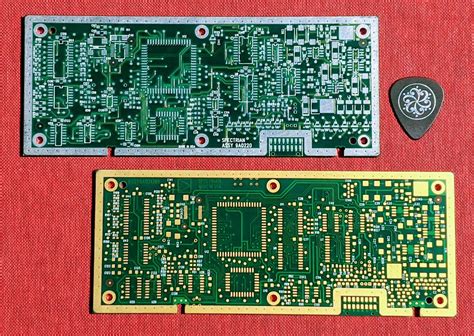 Read more: Panel Guidelines – PCBs Delivered in a Panel
Read more: Panel Guidelines – PCBs Delivered in a PanelIntroduction to PCB Panels Printed Circuit Boards (PCBs) are the backbone of modern electronics. They provide a reliable and efficient means of connecting electronic components in a compact and organized manner. PCBs are used in a wide range of applications, from consumer electronics to industrial equipment and aerospace systems. In […]
-
Azure Sphere: An IoT Solution
Posted by
–
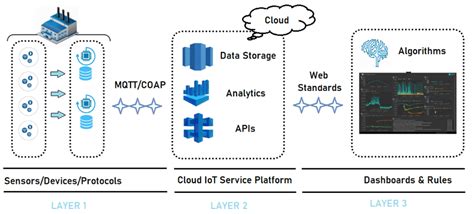 Read more: Azure Sphere: An IoT Solution
Read more: Azure Sphere: An IoT SolutionWhat is Azure Sphere? Azure Sphere is a comprehensive IoT security solution from Microsoft that provides end-to-end security for internet-connected devices. It consists of three main components: Azure Sphere certified microcontrollers (MCUs) Azure Sphere OS Azure Sphere Security Service Together, these components enable developers to create highly-secured, internet-connected devices that […]
-
PCB & Assembly Services – DEFINED IMPEDANCE pool
Posted by
–
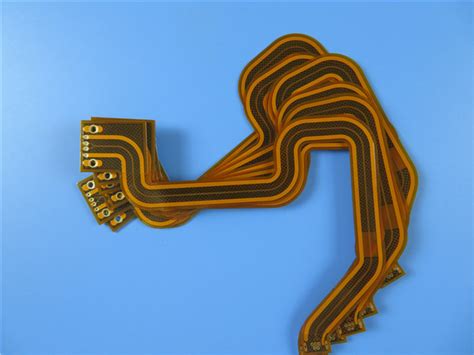 Read more: PCB & Assembly Services – DEFINED IMPEDANCE pool
Read more: PCB & Assembly Services – DEFINED IMPEDANCE poolIntroduction to PCB Impedance Control In the world of high-speed electronic circuits, controlling the impedance of printed circuit boards (PCBs) is crucial for ensuring signal integrity and optimizing system performance. Impedance control is the process of designing PCBs to maintain a consistent characteristic impedance throughout the signal paths. This is […]
-
 Read more: Current Sense Amps: Capture Small Voltage Drop With Precision
Read more: Current Sense Amps: Capture Small Voltage Drop With PrecisionWhat Are Current-Sense Amplifiers? Current-sense amplifiers are specialized integrated circuits designed to accurately measure the current flowing through a load by amplifying the small voltage drop across a shunt resistor. These amplifiers play a crucial role in various applications, such as power management, battery monitoring, overcurrent protection, and motor control. […]
-
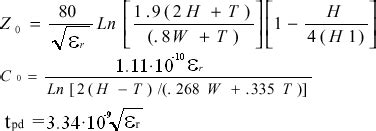 Read more: 10 Tips for Advanced Requirements Impedance Control PCB
Read more: 10 Tips for Advanced Requirements Impedance Control PCBIntroduction to PCB Impedance Control Printed Circuit Board (PCB) impedance control is a crucial aspect of designing high-speed electronic systems. As signal speeds increase and rise times decrease, the importance of controlling the impedance of PCB traces becomes paramount to ensure signal integrity and minimize signal distortion, reflections, and crosstalk. […]
-
DIAC: Construction, Operation, and Applications
Posted by
–
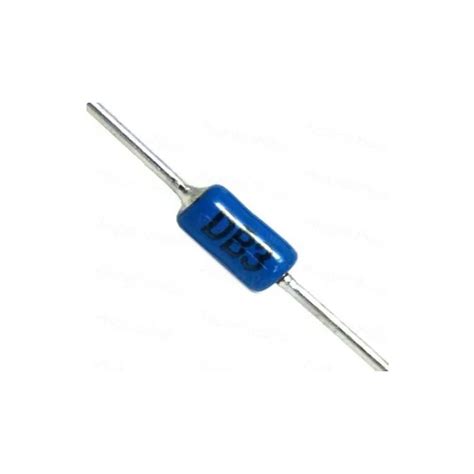 Read more: DIAC: Construction, Operation, and Applications
Read more: DIAC: Construction, Operation, and ApplicationsWhat is a DIAC? A DIAC, or Diode for Alternating Current, is a two-terminal, Bidirectional Switching device that conducts current only after its breakover voltage has been reached momentarily. Once this threshold is reached, the DIAC continues to conduct until the current falls below the holding current. DIACs are widely […]
-
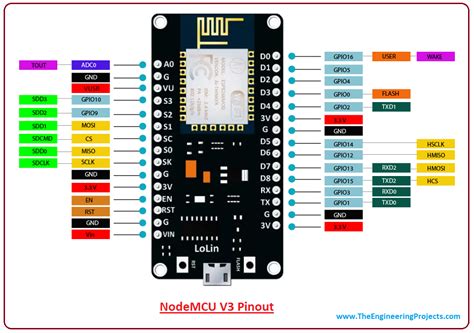 Read more: NodeMCU Pinout: Details and Pinouts you Should Know
Read more: NodeMCU Pinout: Details and Pinouts you Should KnowIntroduction to NodeMCU NodeMCU is an open-source firmware and development board designed for IoT (Internet of Things) projects. It combines the power of the ESP8266 Wi-Fi module with a user-friendly development environment based on the Lua programming language. NodeMCU has gained popularity among hobbyists, makers, and professionals due to its […]
-
PCB impedance control
Posted by
–
 Read more: PCB impedance control
Read more: PCB impedance controlWhat is PCB Impedance? PCB impedance refers to the opposition to the flow of electrical current in a printed circuit board (PCB). It is a critical factor in ensuring the integrity and reliability of high-speed digital signals and high-frequency analog signals in PCB designs. Controlling PCB impedance is essential for […]




